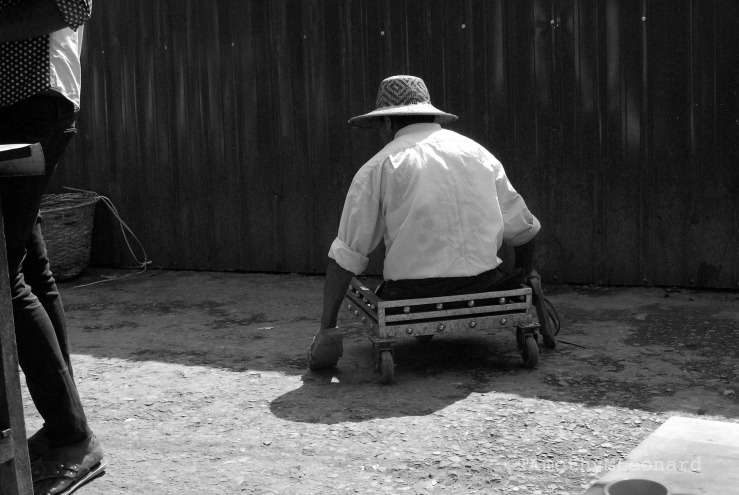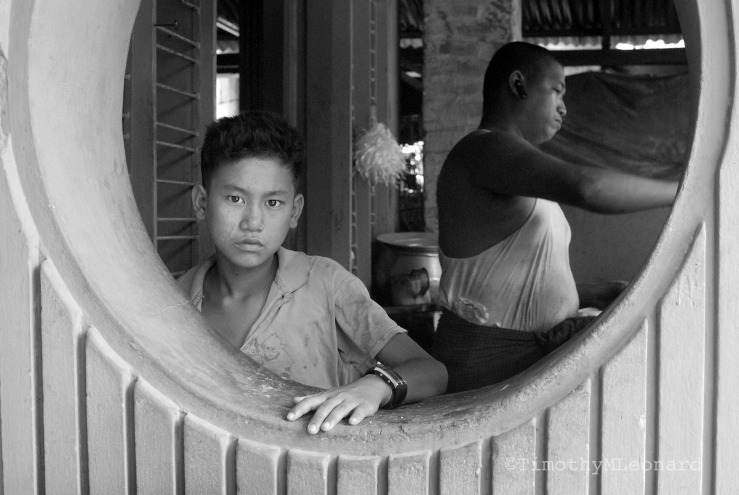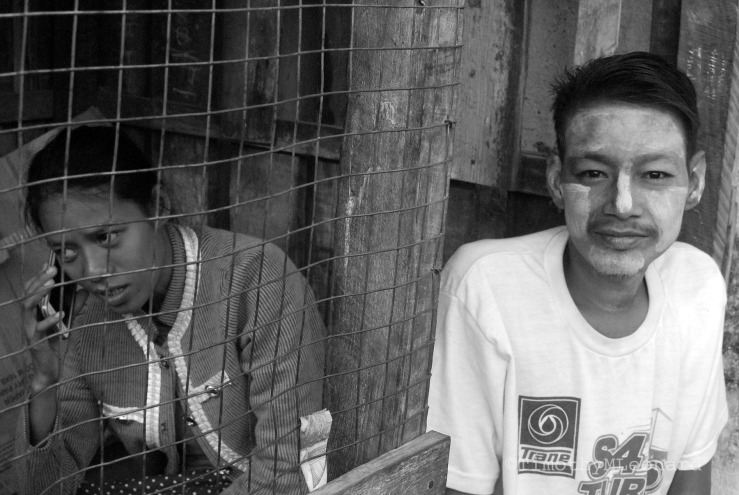spill ink
Writers and artists know it's all about choosing your tools wisely.
In our case it's a well traveled 15-year old Mont Blanc Meisterstuck 149 piston fountain pen, with a 14K gold nib and platinum inlay. The art of writing. Language, writing, culture and civilization.
Been with us since passing through Hong Kong en route to a hotel management gig in Beijing. It's the feeling, joy of heft, ink distribution and quality. The edge on Moleskine paper, touch, sensory stimulation. Slowing down.
If you use a fountain pen you know what we mean. These days people crank out material with anything handy. Just a small suggestion to test out a fountain pen next time you're in the market for a quality writing instrument. Savor the precision.
Many Chinese students learn writing using them, especially at the pre-university level. Maybe it's the ancient influence of calligraphy and the fine arts. Before ball points and gels become ubiquitous in their lives.
An Edinburgh, Scotland school teaches students how to use a fountain pen.
"The pens improve the quality of work because they force the children to take care, and better work improves self-esteem," principal Bryan Lewis said. "Proper handwriting is as relevant today as it ever has been."
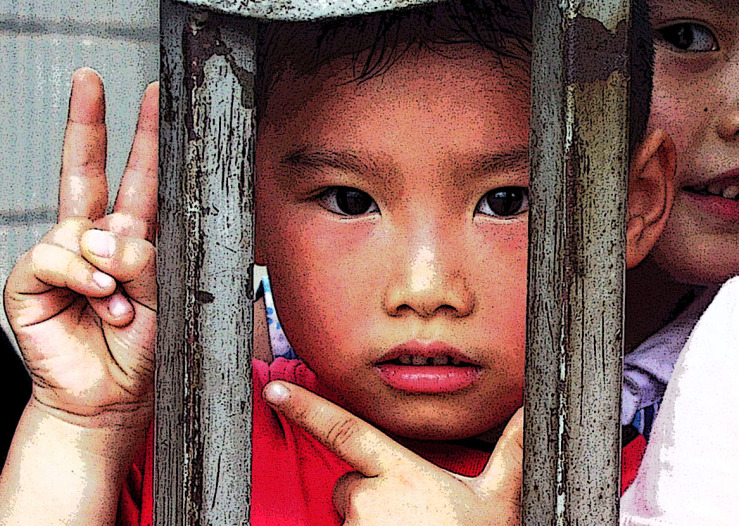
Let's have a meeting! Yes. English teachers unite!
Let's get dressed. Pack our Moleskine notebook filled with poetry, drawings, dreams, stories and visions. Let's collect one fountain pen filled with green racing ink. Remember water. You've gotta have H2O where you go. It's gonna be a hot one. Seven inches from the mid-day sun.
Let's go to a class tomb on old campus surrounded by luscious green trees straining to light. They are a canopy of welcome relief. Rose petals wither on the ground.
Smile and greet your compatriots, your stalwart educational guides. Take a seat. Look around. Engage your senses.
Gaze out the window toward the lake. It is shimmering. You hear scraping. What is it? Local workers are building a wall. A new Great Wall. Exciting. History in the making. How do they do it?
It's simple. Materials and raw labor.
Ten local village men and women - who do most of the heavy lifting - bags of cement, trowels, shovels, a few plastic buckets, water, piles of gray bricks, empty drums for support, some boards, and a couple of wheelbarrows.
Step 1. Build rickety scaffolding using drums and boards. Remove the old steel fence. Discard to side.
Step 2. One team mixes cement and water. Shovel into buckets. Another team puts bricks into a wheelbarrow and pushes it to a dumping area.
Step 3. Men wait for women to hand them bricks and buckets of cement. They slather on the goop and align bricks. Brick by brick the wall goes up. It blocks the green sward, blue lake and wild flowers.
Only the sky is safe.
Step 4. Another team coats the exterior with a bland gray mixture.
It's never going to be finished. Art is like that. It's so beautiful we feel like crying.
Someone steps to the podium and starts speaking - using exquisite language - about the value of education. Cost benefit analysis. Profit and loss statements. How we have a huge responsibility to our shareholders.
During a brief moment of silence you hear a shovel, a trowel and laughter.
Another day dawns in paradise.
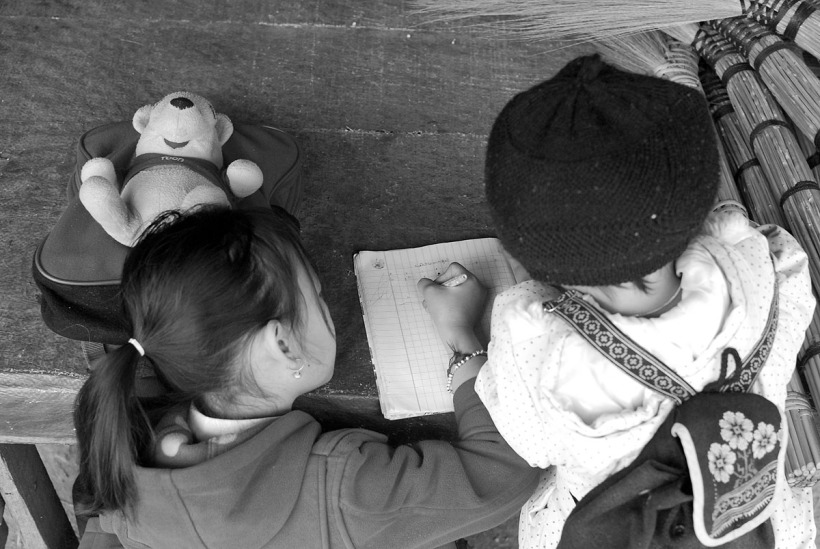






 Share Article
Share Article 